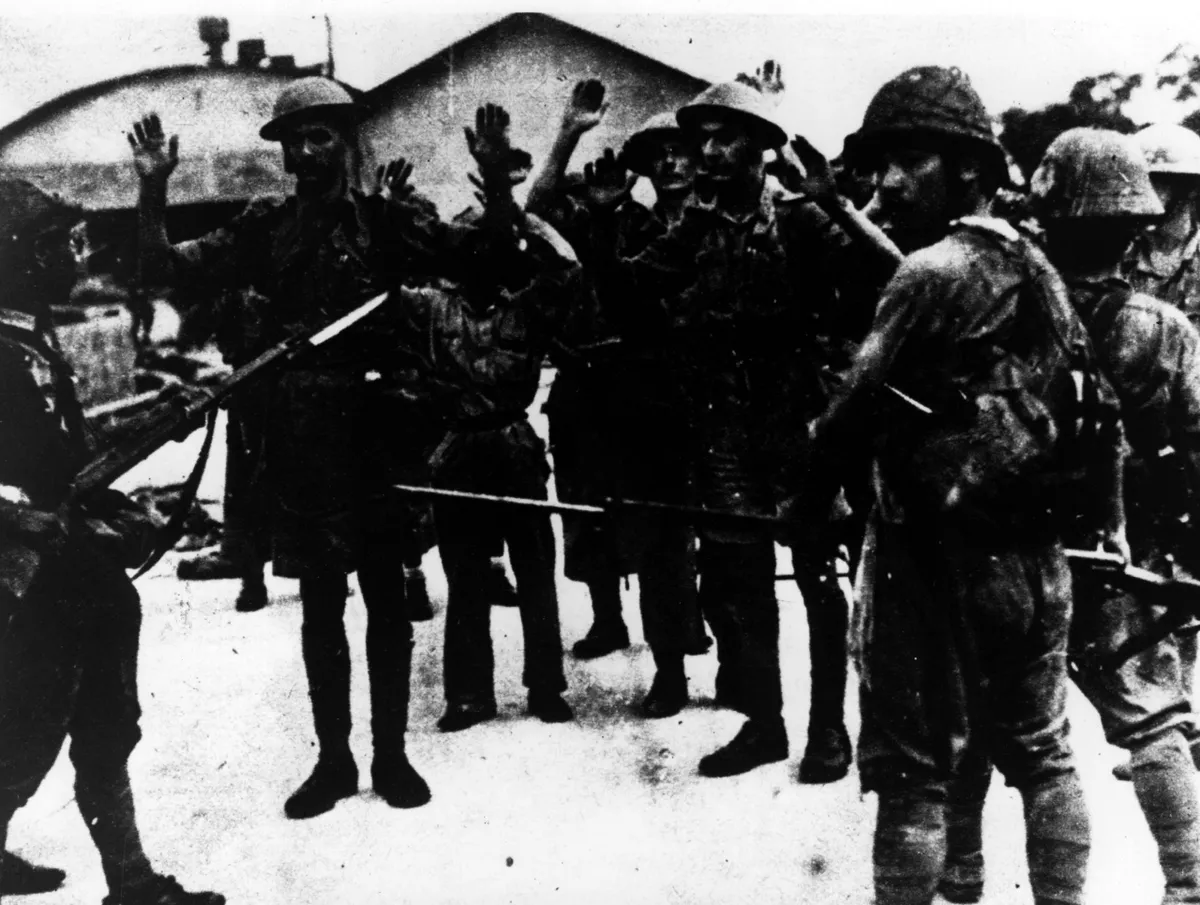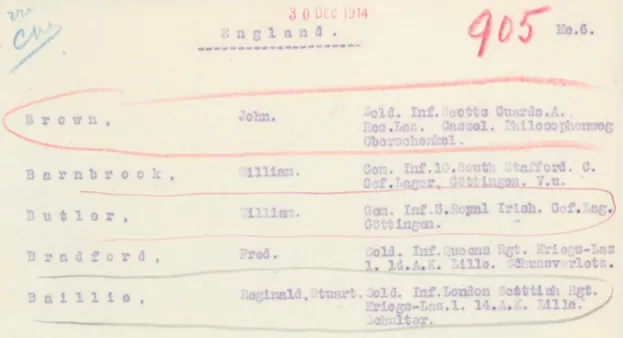Finding POW records for your ancestors can be a moving addition to your family history research and many of the main family history websites including Findmypast, Ancestry and TheGenealogist have some WW2 POW records.
During the Second World War, Germany and Italy captured a total of 142,319 British POWs, with Japan capturing 50,016. There were, of course, many thousands more Commonwealth prisoners of war from countries such as Australia and Canada.
If someone in your family fought in the Second World War and was captured, the good news is that there’s probably more POW records openly available than any other category of serviceman.
There’s probably more information openly available about prisoners of war than any other category of serviceman.
Ancestry, TheGenealogist and Findmypast all have lists of army POWs held by the Germans. Findmypast and Ancestry also have records of those held by the Japanese and Forces War Records casualty records usually mention if a man was a prisoner.
These POW records usually give the name of at least the prisoner of war camp, but there are ways of finding out more.

How to find POW records
The starting point for finding British POWs held by the Germans in WW2 is the 200,000+ records compiled by the Germans themselves which have been indexed by The National Archives (TNA) volunteers and can be searched online using TNA’s search engine Discovery. These cards comprise the largest searchable set of records and include sailors and airmen as well as soldiers. There are also a few civilian internees and some unidentified persons thought to have been British. They’re held in TNA series WO 416 and can be searched using name or service number.
The records themselves haven’t been digitised but searching for them will give you the information necessary to order the records at an in-person visit to TNA. Though every card is unique each is likely to include the prisoner’s full name, service (Army, Navy, or RAF) unique service number, rank, age and POW number. There is also, usually, a record of the camp(s) held in, place and date of capture, date of death if it occurred in captivity and, occasionally, a photograph, x-ray image and fingerprints.

Once you’ve established that someone was a prisoner of war, it should be possible to trace their interrogation form.
Towards the end of the war MI9 began a mass interrogation of released prisoners of war and compiled a general questionnaire that each man was required to complete.
The reports are held alphabetically in WO 344 series at The National Archives (TNA) in Kew.
The series consists of approximately 140,000 liberation questionnaires completed by mainly British and Commonwealth prisoners of war of all ranks and services, plus some other Allied nationals and Merchant Navy seamen.
While plans to question all liberated prisoners of war never materialised, these records represent a large percentage of those still in captivity in 1945. Over 83,000 of these questionnaires are now available to view on Ancestry.
Files WO 344/1 to WO 344/359 contain reports on POWs of the Germans held alphabetically; WO 344/360 contains miscellaneous reports A to W including Army, Royal Navy, RAF, air personnel other than RAF, Marines, Merchant Navy and civilians; WO 344/361 to WO 344/410 contain questionnaires for prisoners of war of the Japanese, also held alphabetically.
As well as giving personal details, name, rank, number, unit and home address, these prisoner of war records can include: date and place of capture; main camps and hospitals in which imprisoned and work camps; serious illnesses suffered and medical treatment received; interrogation after capture; escape attempts; sabotage; suspicion of collaboration by other Allied prisoners; details of bad treatment by the enemy to themselves or others.
Lance Corporal Colonel (his real given name) Gordon Appleton, East Riding Yeomanry, recalled sabotaging a German saw mill; another prisoner of war noted the deliberate killing of an RAF flying officer who was recaptured after an escape; another recorded that “no praise is high enough” for his camp ‘man of confidence’ (a prisoner chosen to liaise with the camp authorities) and an Australian doctor.
Another prisoner of war noted the deliberate killing of an RAF flying officer who was recaptured after an escape.
Once you know the camp where a prisoner of war was held, it may be possible to find details of their camp in records at Kew as a number of camp histories were compiled by all three services.
The army ones are in WO 208 series, RAF ones in AIR 40 and Royal Navy ones are scattered through ADM 1 series.
You can search for these reports using the camp name or number on TNA’s website.

What was life like in Japanese prisoner of war camps?
Though British POWs had a tough time in Germany, particularly towards the end of the war, their comrades captured by the Japanese suffered far more intensely.
Beatings and physical punishments were part of the average Japanese soldier’s life and this culture of beating filtered down to the ordinary soldier who wouldn’t hesitate to take it out on the POWs he controlled.
“The mood of the guards, usually Koreans, decided whether you got away with a single blow from a bamboo cane or a wholesale beating up from a whole gang of them,” wrote one prisoner of war.
Japanese rations and medical provision for their own troops were basic so they usually took what they required and left the rest for the POWs.
Their treatment of POWs was frequently barbaric and contrary to the rules of war. If you have a relative who was a prisoner of the Japanese, expect to find horrific accounts of suffering.
As well as the interrogation reports (many of which aren’t there, possibly because POWs in Japan were liberated by the Americans or because many men were too ill to complete them), there are a series of POW cards compiled by an unknown central Japanese authority with a degree of Allied assistance.
These Japanese POW records are available on Ancestry (searchable as part of the combined World War Two Allied Prisoners of War collection) and Findmypast (as part of its extended prisoner of war collection). The majority relate to men captured in Singapore.
